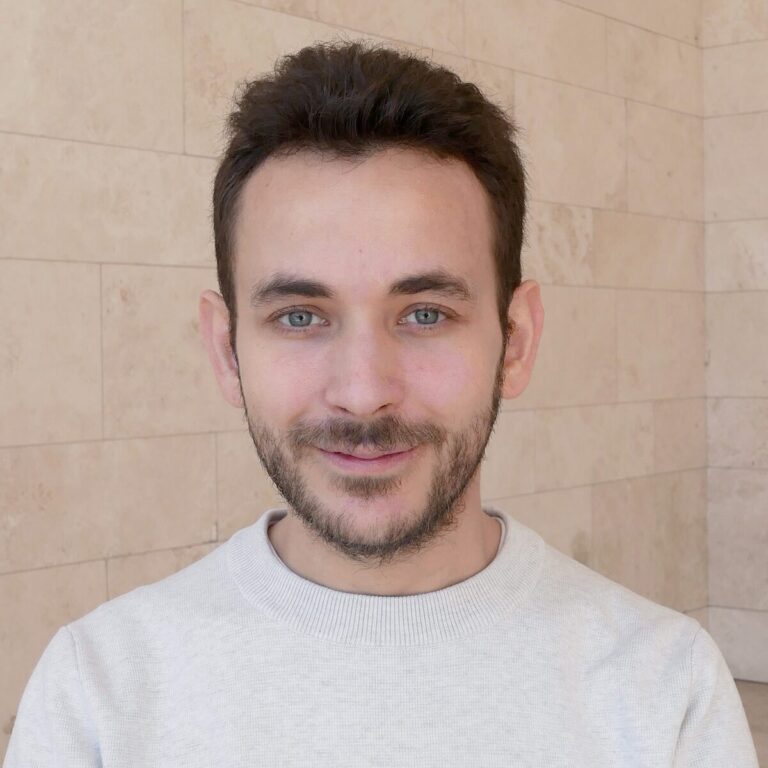Thomas Drant is a NOMIS–ETH Fellow at the Centre for Origin and Prevalence of Life at ETH Zurich (Switzerland). He is conducting his research in the Department of Earth and Planetary Sciences under the mentorship of Paolo Sossi and Olivier Bachmann.
Drant pursued his undergraduate studies at Sorbonne University (Paris, France), specializing in physics, geoscience and planetary science. With a strong interest in climate science, atmospheric chemistry and planetary habitability, he continued his academic path with a cotutelle PhD between the Université Paris-Saclay and Ludwig-Maximilians-Universität München (LMU, Germany). He specifically designed this joint PhD to develop expertise in both experimental and modeling approaches.
Research Focus
Drant’s doctoral research focused on atmospheric chemistry, investigating the diversity of atmospheric compositions shaped by volcanic outgassing and the formation of solid organic hazes. These atmospheric hazes are believed to have played a crucial role in shaping early Earth’s climate and may have contributed to the emergence of life. As part of this work, Drant initiated a cross-laboratory collaboration with NASA Ames, conducting detailed analyses of the composition, morphology, and optical properties of organic haze analogs produced in laboratory experiments. In parallel, he used modeling techniques to explore the conditions under which methane-rich atmospheres could form through volcanic degassing, identifying planetary environments where active organic chemistry may be ongoing.
As a NOMIS–ETH Fellow, he will further develop the current photochemistry setup to investigate the formation of prebiotic precursors such as hydrogen cyanide (HCN) and formaldehyde (H₂CO). These compounds, produced by photochemical processes in planetary atmospheres, likely played a key role in the synthesis of more complex organic molecules necessary for the origin of life. His research will focus on understanding how the production of these precursors varies across different oxidation states and temperature regimes, identifying the conditions most favorable for their accumulation. By integrating atmospheric modeling with photochemical experiments, Drant aims to explore how these processes interact with planetary climate and transport mechanisms, ultimately shedding light on their influence on planetary habitability.




